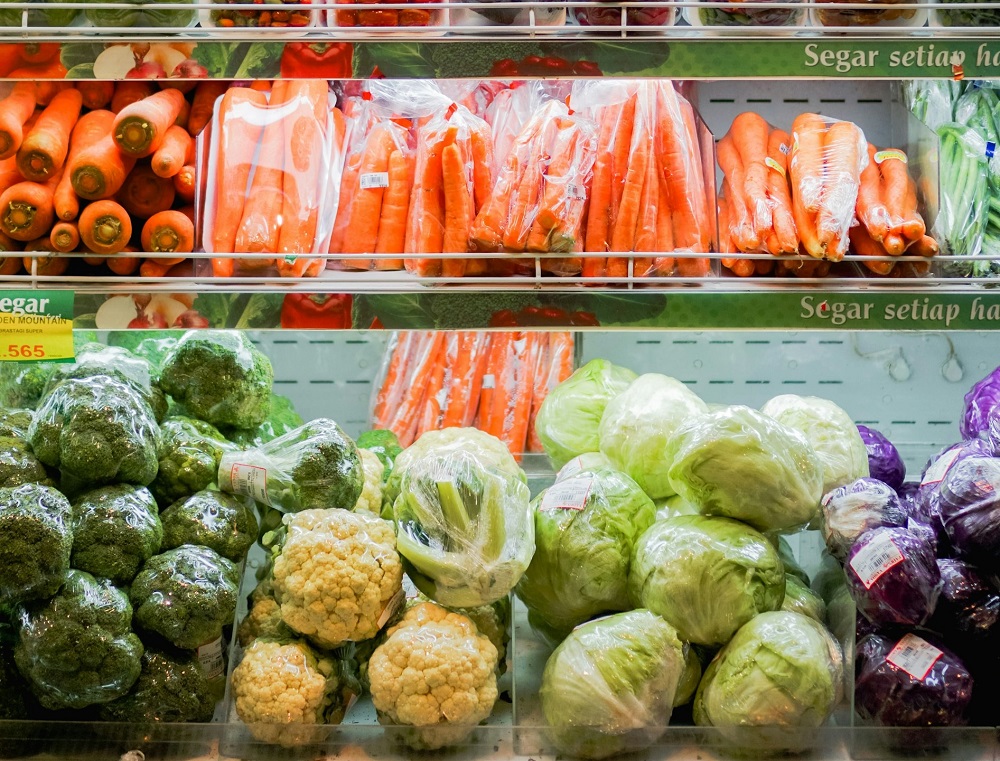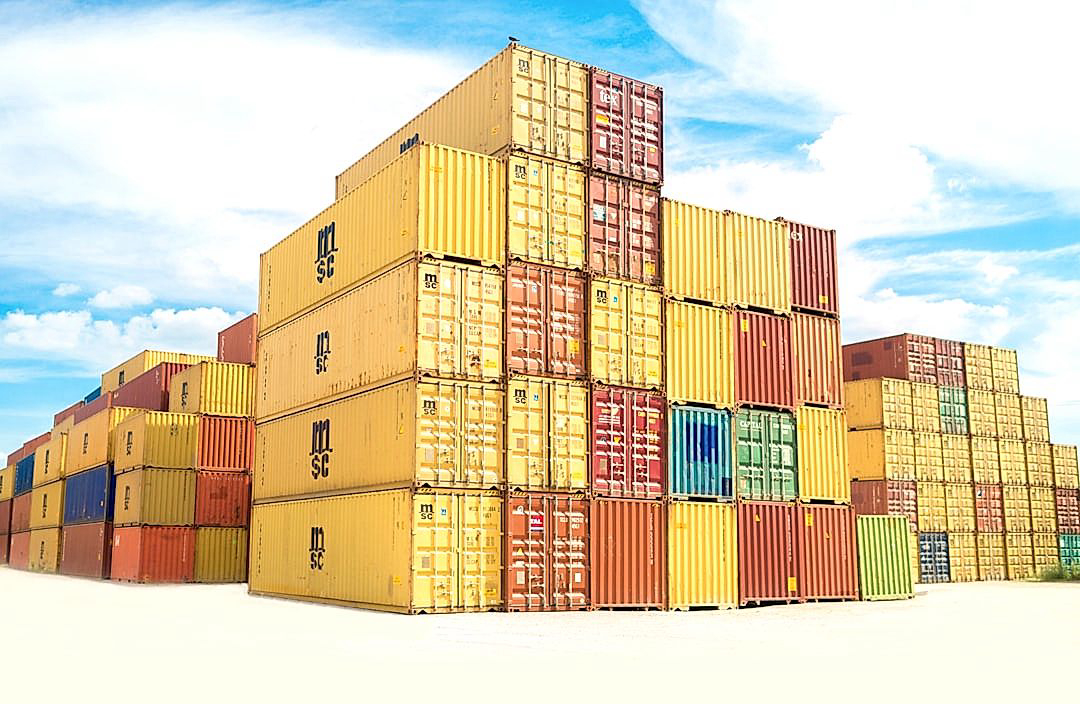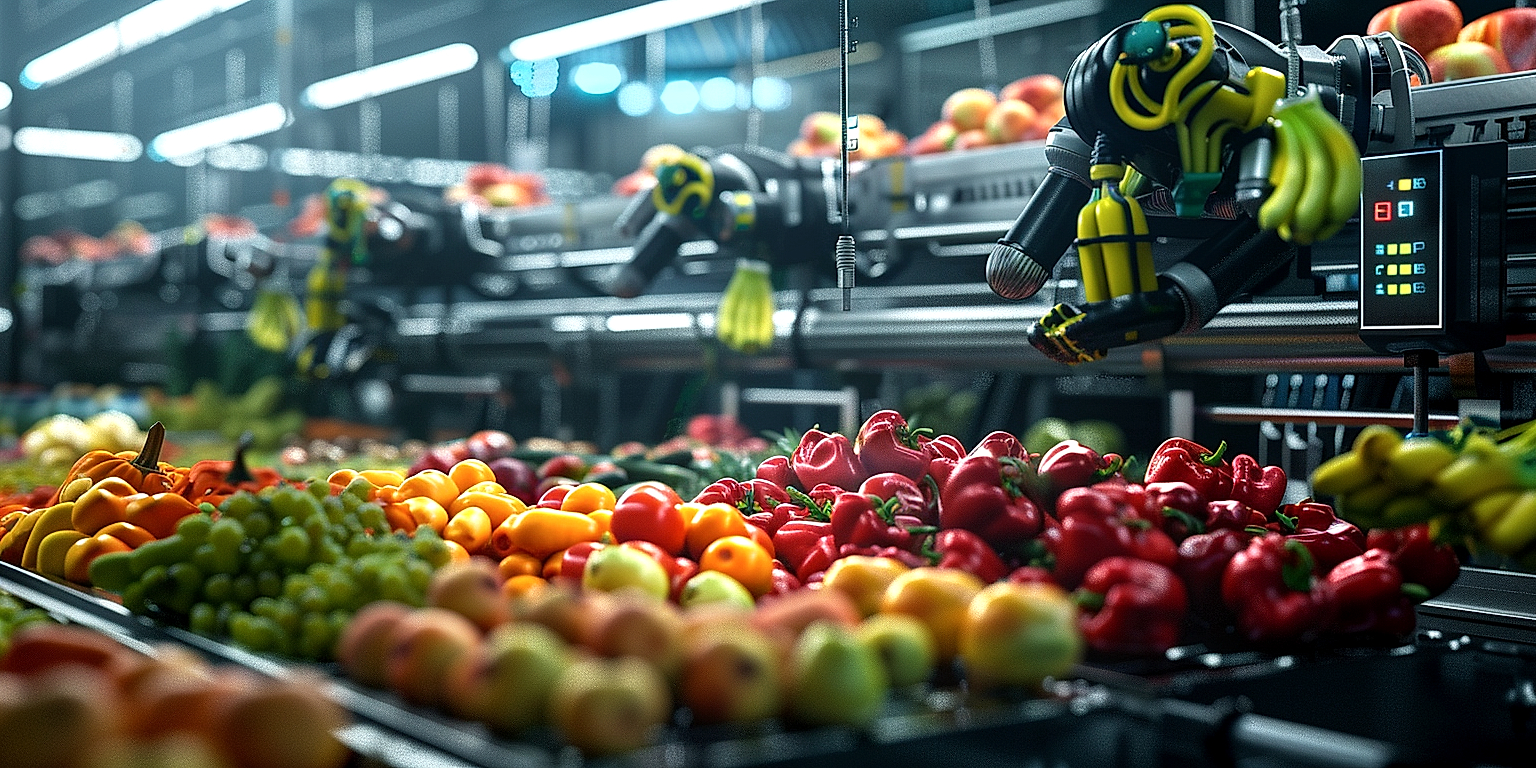In the complex world of perishable goods logistics, maintaining product integrity is of utmost importance.
This is particularly crucial for processed produce, where the balance between quality and safety is often delicate.
Market demands necessitate that these products arrive fresh and undamaged at their intended destinations, challenging the supply chain industry to consistently operate at peak efficiency.
Improper temperature control or mishandling during transit can easily result in substantial financial losses and tarnish brand reputations.
Successfully navigating these challenges requires a deep understanding of cold chain management and its best practices.
This guide offers advice on enhancing the effectiveness of cold chain management for processed produce.
Contents
Cold Chain Management Tips For Processed Produce
1. Maintaining Consistent Temperature During Transit
Maintaining consistent temperatures during the transit of processed produce is a crucial aspect of cold chain management.
It helps keep the products in their most optimal state, preventing spoilage and product degradation.
Consistent temperatures are essential not only for preservation but also for ensuring the freshness and quality of the produce.
Temperature inconsistencies can lead to irreparable damage to the produce, reducing its shelf life and adversely impacting the expectant buying market.
Different types of produce require different temperatures for optimal storage.
Therefore, gaining a deep understanding of each product’s specific temperature needs is necessary.
Using advanced technology like temperature sensors and GPS can help track and monitor the temperature conditions during transit.
This ensures that any fluctuations or deviations can be quickly detected and rectified.
Moreover, equipment failure or malfunctions that could jeopardize the desired temperature states can be looked out for and swiftly dealt with, minimizing potential risks of spoilage during transit.
The use of temperature-controlled vehicles is another practical solution for maintaining consistent temperatures.
These vehicles come with built-in refrigeration systems that ensure the interior remains at the necessary temperature irrespective of outside conditions.
Driver training is also equally crucial as drivers should know how to operate the temperature-control systems efficiently and react to temperature changes during transit.
Poorly handled temperature management can result in a complete product loss, impacting the economic stake of the business and increasing waste.
Thus, it is clear that ensuring consistency in temperature during transit plays a key role, not just in maintaining the quality of the products, but also in maximizing cost efficiency and promoting sustainability.
All these undertaken measures reflect the vital significance of temperature control throughout the entire supply chain journey.
2. Use Insulated Packaging for Protection
One key strategy in cold chain management for processed produce is the use of insulated packaging.
This type of packaging is designed to maintain a consistent internal temperature, regardless of the conditions in the external environment.
It is especially crucial when transporting products over long distances or through environments with significant temperature fluctuations.
Insulated packaging comes in many forms, commonly including polystyrene foam boxes, insulated pallet covers, and thermal blankets.
The choice of packaging depends on the size and type of the produce, as well as the length and conditions of the journey.
When implemented correctly, insulated packaging can significantly reduce the risk of produce spoilage during transit.
For instance, polystyrene foam boxes can keep produce at the desired temperature for hours or even days, depending on the thickness of the foam and the use of additional cooling elements like gel packs or dry ice.
Insulated pallet covers, on the other hand, are ideal for larger quantities of produce and longer journeys.
They are designed to fit over an entire pallet of goods, creating a shell that protects the entire shipment from exterior temperature influence.
This type of packaging is more cost-effective for transporting large batches of produce and can also be reused, further reducing the cost.
Thermal blankets also offer an effective solution for temperature control.
They work by trapping a layer of air between the produce and the blanket, which serves as a thermal barrier against heat and cold.
Thermal blankets are lightweight, easy to handle, and can fit a wide range of product sizes, making them a versatile choice.
Despite the additional cost incurred by using insulated packaging, it is a worthy investment.
This is because the cost of replacing spoiled goods can often be much higher, particularly with high-value produce.
Proper implementation of insulated packaging not only ensures product quality but also strengthens the company’s reputation for reliability and efficiency.
To put it in perspective, neglecting the importance of insulated packaging risks both produce quality and customer satisfaction, making it a critical element in successful cold chain management.
3. Regular Equipment Maintenance is Crucial
The importance of regular equipment maintenance in the cold chain management of processed produce cannot be overstated.
Cold chain equipment such as refrigerated vehicles, cold storage units, and temperature-monitoring devices play a vital role in preserving the quality and freshness of processed produce.
These machines work relentlessly to maintain the necessary cold temperature conditions, which is why their consistent maintenance is essential to ensure their uninterrupted functioning.
Regular equipment maintenance does not only mean dealing with visible damage or conspicuous issues that might come up.
Maintenance involves proactively checking the equipment’s components to detect any potential problems and perform preemptive repairs.
This type of preventative maintenance can prevent sudden breakdowns that could disrupt the cold chain and lead to significant losses in terms of product damage or spoilage.
For example, servicing the refrigeration units of delivery vehicles can ensure that they are functioning optimally and maintaining the desired temperature level throughout the transit.
Similarly, periodic checks of temperature-monitoring devices can certify their reading accuracy, thus guaranteeing that produce is provided with a favorable storage environment.
Major equipment failures can have drastic consequences, including the loss of an entire shipment of produce. So, regular maintenance is a crucial preventive measure that can save time and resources.
Operating manuals provided by equipment manufacturers typically include recommended maintenance schedules, which can serve as a useful starting point for setting up a routine maintenance program.
It’s also beneficial to provide training to staff involved in cold chain management so they can perform basic equipment checks and understand when professional maintenance is required.
Outsourcing equipment maintenance to professional service providers is another option if internal resources are not sufficient or adequately skilled.
And, while regular maintenance might seem costly in terms of resources and time, the cost of equipment failures, particularly in the midst of critical operations, can be a far greater setback.
In conclusion, regular equipment maintenance is a cornerstone of effective cold chain management for processed produce.
By making it a priority, businesses can safeguard their products’ quality, prevent significant losses, and optimize their operational efficiency.
4. Monitor Storage Humidity Levels
One of the most important aspects of proper cold chain management is to monitor the relative humidity levels in the storage areas for processed produce.
This is because different types of produce require different levels of humidity for optimum preservation.
If the humidity levels are too high, specific types of produce can deteriorate quickly, leading to loss of quality and potential losses in revenue.
Conversely, if the humidity levels are too low, certain types of processed produce can become overly dehydrated, losing their fresh qualities.
Thus, it is crucial for cold chain managers to have a system in place to consistently monitor these humidity levels to ensure they remain within the optimum range for each specific type of produce.
Modern technology has facilitated this task in major ways, with the advent of digital humidity monitors that can deliver real-time updates and alerts if the levels move outside the set parameters.
These monitors are typically equipped with sensitive sensors that can accurately measure the humidity levels in the storage areas.
Most of these devices also allow for automated data logging, which can be instrumental in spotting trends or identifying potential problems before they become major issues.
It’s also crucial for cold chain managers to understand that different areas within the storage facility may have varying humidity levels.
If not correctly accounted for, this could lead to inconsistent levels of quality among the same types of produce.
Regular calibration of humidity monitoring equipment is essential to ensure accurate readings at any given time.
The introduction of correct humidity control measures, such as dehumidifiers or humidifiers, can be used to adjust the levels as required.
Moreover, cold chain managers should be trained in how to interpret the data collected by the humidity monitors so they can make the necessary adjustments promptly.
By diligently monitoring storage humidity levels, you can ensure the longevity and sustained quality of your processed produce.
Overall, the central role of monitoring storage humidity levels in maintaining the quality of processed produce within cold chain management should not be underestimated or ignored.
5. Perform Frequent Product Quality Checks
Maintaining a high standard of product quality is a vital aspect of effective cold chain management, especially when dealing with processed produce.
Performing frequent product quality checks ensures that you can detect any defects or irregularities early enough to prevent significant losses.
These checks can reveal product degradation due to temperature fluctuations, humidity changes or other factors that might have gone unnoticed.
Product quality checks serve as your first line of defense against potential inefficiencies in the cold chain process.
To perform an effective product quality check, you need an established set of criteria to evaluate the produce against.
This could include factors such as the appearance of the produce and its packaging, its temperature in both storage and transit, and its texture or consistency.
Knowing what to look out for when checking product quality can help you ensure a consistently high standard of produce.
Carrying out systematic product checks also aids in highlighting potential issues with the rest of your cold chain management system.
For instance, if a certain product batch repeatedly fails to meet the quality standards during checks, it might indicate a problem with the insulation process or the temperature control in storage or transit.
Regular quality checks are not only beneficial for maintaining product quality but they also builds customer trust.
Customers are more likely to continue to patronize your products when they are assured of consistent quality.
As part of your systematic quality checks, it’s also important to ensure that all equipment used in the process is functioning properly.
A broken thermometer, for example, could lead to incorrect temperature readings and thus impact the quality of the produce.
Quality checks, though time-consuming, can save your business from significant losses in the long run.
Without them, defective produce could reach the market, resulting in not only financial loss but also damage to your business reputation.
In the dynamic field of cold chain management, consistent product quality checks are a key aspect of successful operations.
The Bottom Line
Maintaining product integrity and quality during storage and transit can be significantly achieved by adhering to certain steps.
Maintaining consistent temperature is imperative, as it prevents damage and alteration in product quality.
Employing insulated packaging further safeguards the product from ambient temperature variations.
Regular maintenance of equipment ensures faultless storage conditions and reduces the chance of product damage.
Additionally, the monitoring of humidity levels within the storage environment is also critical as this could potentially affect product stability.
Lastly, the routine performance of quality checks assist in identifying and rectifying any product issues at an early stage, thereby saving potential future wastage.
These steps, therefore, serve as an effective guide towards ensuring product quality in storage and transport.




